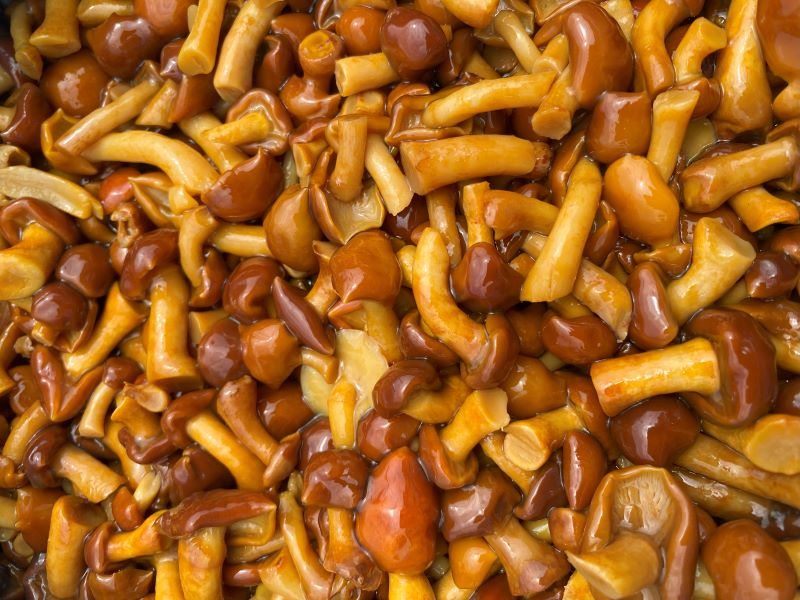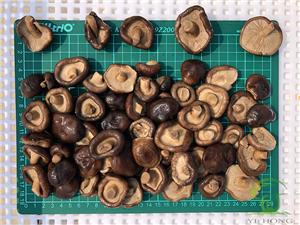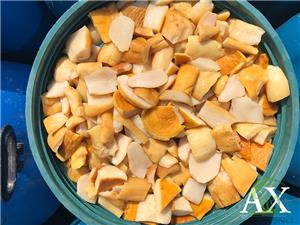Do You Know the Dietary Structure of “One Meat, One Vegetable, And One Mushroom”?
The dietary structure of "one meat, one vegetable, and one mushroom" is a healthy diet concept advocated by the Food and Agriculture Organization of the United Nations (FAO) and the World Health Organization (WHO). Its core idea is to meet the human body's needs for nutrients such as protein, vitamins, dietary fiber, and minerals by reasonably matching meat dishes, vegetable dishes, and edible fungi. This dietary structure has the following advantages:
Meat: Provides high-quality protein, fat, and some vitamins (such as vitamin B12).
Vegetarian: Rich in dietary fiber, vitamin C, and phytonutrients, which help digestion and metabolism.
Mushroom: As a unique fungus ingredient, it contains a variety of amino acids, trace elements, and functional ingredients, which enhance immunity and have antioxidant effects.
Edible fungi are known as "healthy foods". They are low in fat but rich in dietary fiber and trace elements. They are an important part of a balanced diet and are particularly suitable for modern people's pursuit of a healthy diet. In addition, mushroom cultivation has a high resource utilization rate and an environmentally friendly production process. Compared with traditional animal foods, it has less impact on the environment and is a model for practicing sustainable diets.
By combining "one meat, one vegetable, and one mushroom", we can not only meet the nutritional needs of the body, but also avoid the health risks caused by a single diet. This concept has gradually been accepted by dietary guidelines around the world and has become an important practice to promote global healthy eating.
- Company News
- Industry News
- Product News
- Video





